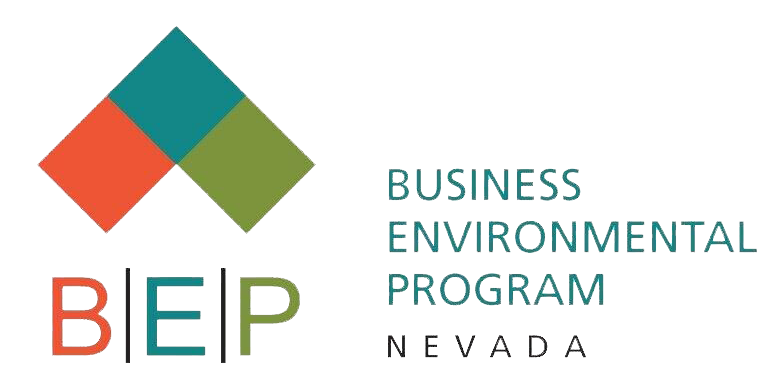Ethanol Basics
Ethanol is a renewable fuel made from various plant materials collectively known as “biomass.” More than 95% of U.S. gasoline contains ethanol, typically E10 (10% ethanol, 90% gasoline), to oxygenate the fuel and reduce air pollution. Ethanol is also available as E85, or high-level ethanol blends. This fuel can be used in flexible fuel vehicles, which can run on high-level ethanol blends, gasoline, or any blend of these. Another blend, E15, has been approved for use in newer vehicles, and is slowing becoming available. There are several steps involved in making ethanol available as a vehicle fuel:
- Biomass feedstocks are grown, collected and transported to an ethanol production facility
- Ethanol is produced from feedstocks at a production facility and then transported to a blender/fuel supplier
- Ethanol is mixed with gasoline by the blender/fuel supplier to make E10, E15 or E85, and distributed to fueling stations
Ethanol as a vehicle fuel is not a new concept. Henry Ford and other early automakers suspected it would be the world’s primary fuel before gasoline became so readily available. Today, researchers agree ethanol could substantially offset our nation’s petroleum use. In fact, studies have estimated that ethanol and other biofuels could replace 30% or more of U.S. gasoline demand by 2030. Click here to learn more.
Source: Alternative Fuels Data Center

